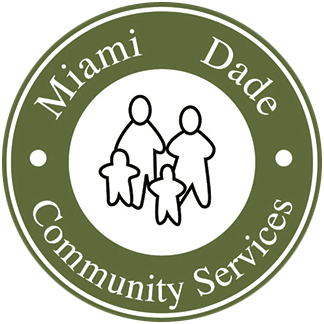Fentanyl is a synthetic opioid that is up to 50 times stronger than heroin and 100 times stronger than morphine. It is a major contributor to fatal and nonfatal overdoses in the U.S. There are two types of fentanyl: pharmaceutical fentanyl and illicitly manufactured fentanyl. Both are considered synthetic opioids.
The majority of fentanyl is mass-produced in Mexico using chemicals from China before being pressed into pills or mixed with other counterfeit pills made to look like Xanax, Adderall, or oxycodone. The counterfeit drugs are then sold to unaware buyers.
Fentanyl is a narcotic with a high risk for addiction and dependence. Similar to other opioid analgesics, fentanyl produces effects such as: relaxation, euphoria, pain relief, sedation, confusion, drowsiness, dizziness, nausea and vomiting, urinary retention, pupillary constriction, and respiratory depression.
Fentanyl Trends
Close to 1 million individuals have died from drug overdoses since 1999, according to the Centers for Disease Control and Prevention (CDC).1 Opioids remain the main driver of drug overdose deaths today, with 82.3% involving fentanyl or a similar synthetic opioid.1 Fentanyl is largely undetectable and is often cut into drugs such as cocaine, methamphetamine, and fake prescription pills including opioid painkillers and benzodiazepines, like Xanax.
The US Drug Enforcement Administration issued a public advisory in August about the dangers of “rainbow fentanyl,” which gets its name from its multicolored appearance.2 This form of the drug raised concerns that drug dealers were intentionally targeting young people, even children.
In November, researchers at the University of Houston announced they have developed a fentanyl vaccine that blocks the drug from entering the brain, eliminating both the high and the risk of overdose.3 Human clinical trials are currently underway. As with all medication-assisted treatment (MAT), the vaccine may not be the right option for everyone, and therapy to modify thoughts and behaviors that contribute to drug abuse should be the focus of recovery treatment.
